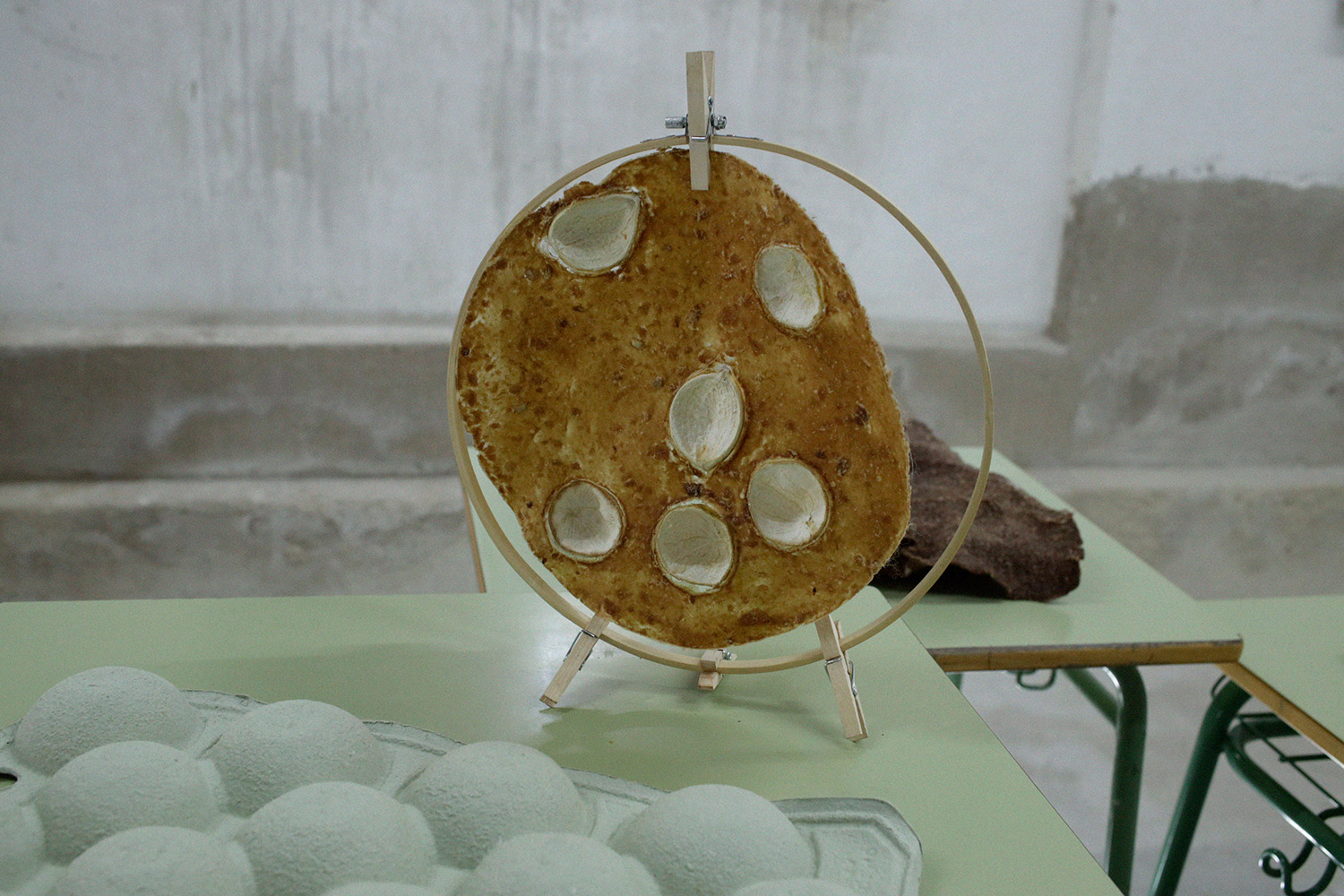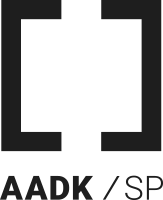
19 Jan Claudia E. Weber
April 2021
Claudia Weber is a multidisciplinary artist who, having arrived in mid-April, shares her first approaches. The first thing that caught your eye in Blanca was the contrast between the light from indoors and outdoors. Thus, she ended up portraying a fortuitous encounter with light, which reflects that contrast.
The series of photographs that she exhibits is made up of figurative images that are difficult to understand. It is not clear if they portray the inside or the outside, if the drops rise or fall, if it is a reflection or if we are seeing through a glass. Claudia finds in these images a parallel with her position as a newcomer to an unknown place and very different from her place of origin.
Weber usually works on large-scale installations where she plays with the shapes we find in industrial packaging gaps. One of the exercises she is doing is translating these shapes into other media such as embroidery or frottage.
May 2021
Stitch by stitch, lines find form on a used, sunpainted cloth found on Blanca’s market.
Curtains separate the public space from the private rooms. Yet, the light has attempted to penetrate inside, leaving its traces on the cloth. On its back, however, the fabric shows hardly any discoloration but rather signs of ageing.
The opening of the cleverly made sewn pleats and the hems frame the image created by the sun, and invite Claudia to intervene on it.
On a walk, Weber discovered a panel whose foil had been discoloured and cracked by the sun, reminding her strongly of cracked earth, landscapes from above and supply systems of organic structures.
Depending on the design, the lines and spaces can suggest an urban map or an organic drawing. The challenge of this piece is to balance close spaces, directions, open ends, double lines and free forms.
The needle seeks lines that can turn a map into a growing structure.
Lemon Peels
Moulding compound made with lemon peel —for moulding objects or rocks. A shell for something that is no longer there, is yet to come or is to be carefully stored.
Espartogras
Delicate spatial drawings made of esparto grass. They rise from the landscape into the air.
June 2021
Lemon cardboard, stone colours, and other experiments
Inspired by the colours, landscape and lemons from Valle de Ricote, Claudia explores the transformation of lemon waste into new materialities. Variants are created from transparent elastic to softly shaped sheets baked hard by the sun. The aim is to find out which material qualities can be achieved from lemons and additives with simple means. They are still mini-formats of potential containers, which fits in well with her theme of “sustainable packaging”.
But there is a desire to find a lemon clay that also works in the plate size of a scant square metre, with which she would like to respond to the local environment. But the cooperation with the sun, the lemon suppliers, various kitchen utensils, material thickness, etc. still has to be optimised for this.
From some of the local stones she found, Claudia was able to extract paint and use it to dye washable paper, with which a new language of form became possible.
Would it be exciting to realise this in large format? -Claudia questions.
The cracks, watercourses and traces of time on the floor of the exhibition space are very similar to those in the walkways and on the pavements of Blanca. Together with Giuliana Grippo, they produced, with Wenzhou Chinese paper and water imprints of chosen details. Bright, light and elegant tell cracks and patches of life on the floor.
July 2021
Sun paints and landscape traces on fabric, paper and lemon-clay
My work starts from a photo I took in April of a demolished house, in which dirt runs in bounches over the -once white- wall of a room. Remnants of blue wall paint become the sky as the image is rotated, pulling the traces of dirt upwards in an organically growing manner.
The projection of the image onto a sun-drawn curtain, found at the local market, transforms the ruin into an opening space framed by plants.
I dare to experiment bleaching this image out of the fabric using sunlight facilitating a – Soltypia: image created by direct exposure of the sun.
The result is a new picture that bears the traces of the hot bleaching sun. The image of demolition is transformed into a new space of growth and light.
The process of the sun paint:
I painted the picture with black gesso on a plastic stretched over the cloth, as close as possible.
From the back the cloth had to be free, to make it wet daily before the hot sun came.
From 7 June to 8 July, the cloth was exposed to the sun for many hours.
The experiment was a success – the gesso protected the yellow cloth sufficiently and the bleaching process of the exposed areas went surprisingly fast.
Other works:
The relief structures of the landscape found further realisation in found textiles and paper imprints.
I also continued to work with lemon clay: experiments on rock or with slabs and new recipes -constantly searching for better modelling and more controlled drying processes.
‘Many thanks to the team at Centro Negra for the opportunity and support to try out new creative expressions here in peace. I would also like to thank the people of Blanca for their hospitality and helpfulness.’





















